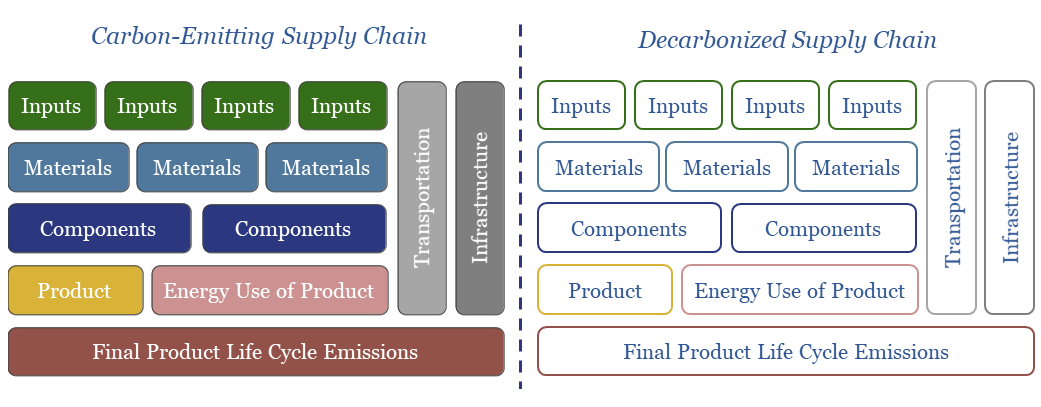
…turbine blades and hydrogen storage tanks), photovoltaic silicon (used in solar panels), lithium (used in batteries), neodymium magnets (used in wind turbines and EVs), dielectric gases (used in electricity distribution)…
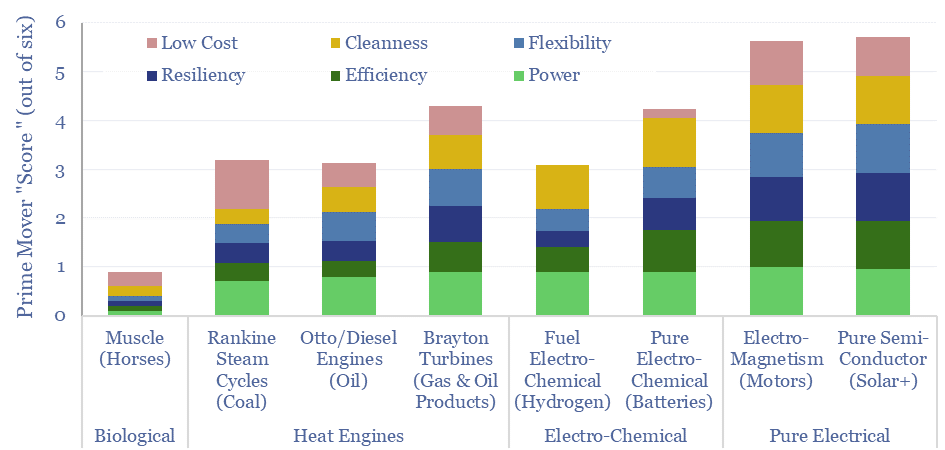
…steam engines, then oil-fired engines, and later gas turbines. What is remarkable and under-appreciated when homogenizing coal, oil and gas as “fossil fuels” is that they each tend to harness…
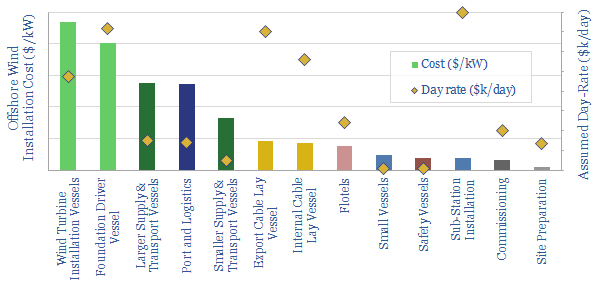
…parameters. These installation costs come on top of the underlying turbine costs, which we think are usually going to be around $1,500/kW per our cost breakdown of a wind turbine….
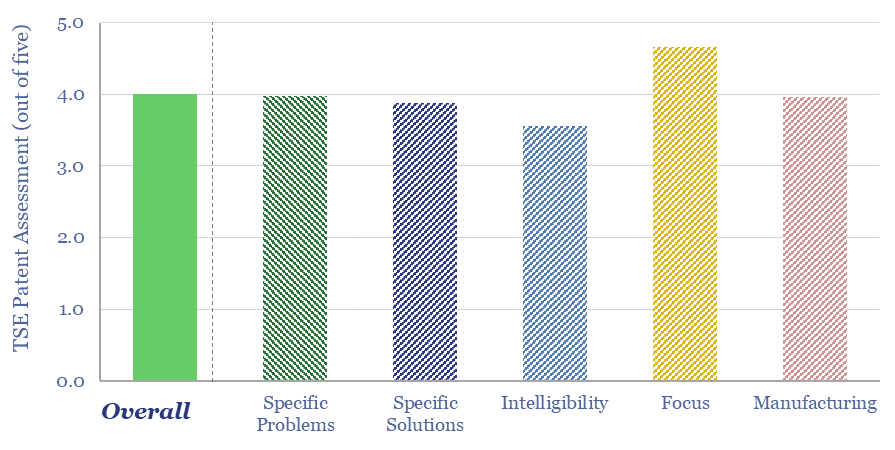
…to the blades and precision-engineered compression and turbine stages within a gas turbine. Higher efficiency can also be unlocked by harnessing the expansion of combustion gases directly, rather than having…
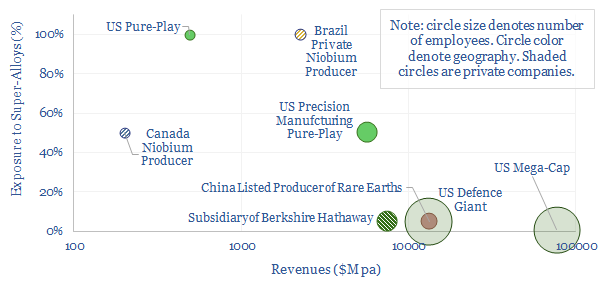
…also aggregated data into the recipients of ARPA funding to develop super-alloys for next-gen gas turbines, which will boost maximum turbine inlet temperatures from 1,600C to 1,800C, which would improve…
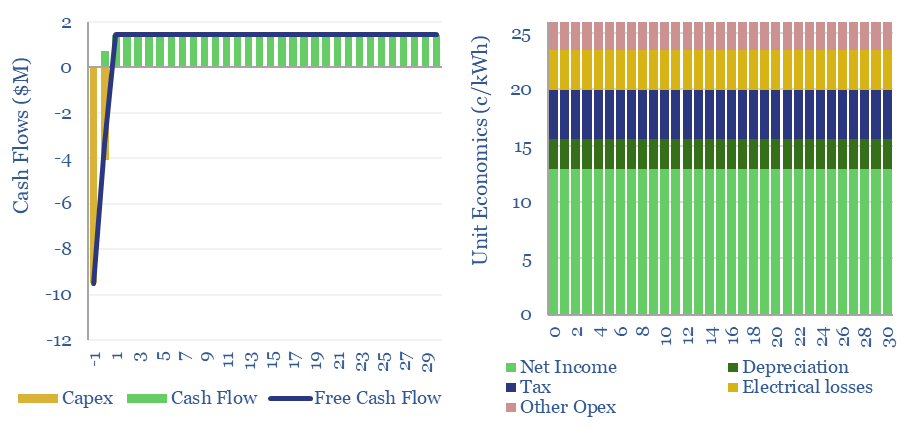
…expanding these high-pressure gases across a turbine. The round trip efficiency of CAES averages 60-65%, across projects that are sampled in the data-file. We can break down these numbers from…
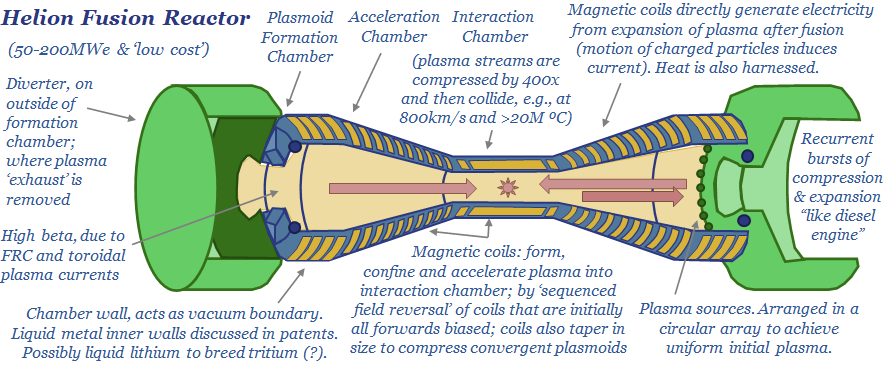
…The heat turns water into high-pressure steam, which then drives a turbine. Within the turbine, electricity is generated by Faraday’s law, as a moving magnetic field induces a current in…
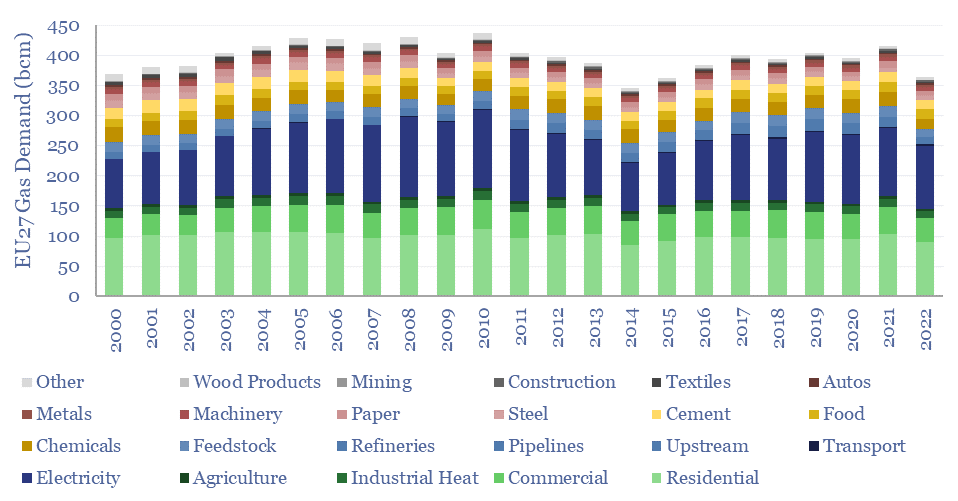
…conclusions. We have scrubbed the data and updated our European gas and power model (below). https://thundersaidenergy.com/downloads/european-natural-gas-demand-model/ European gas demand (EU27 basis) fell from 414 bcm in 2021 to 363 bcm…
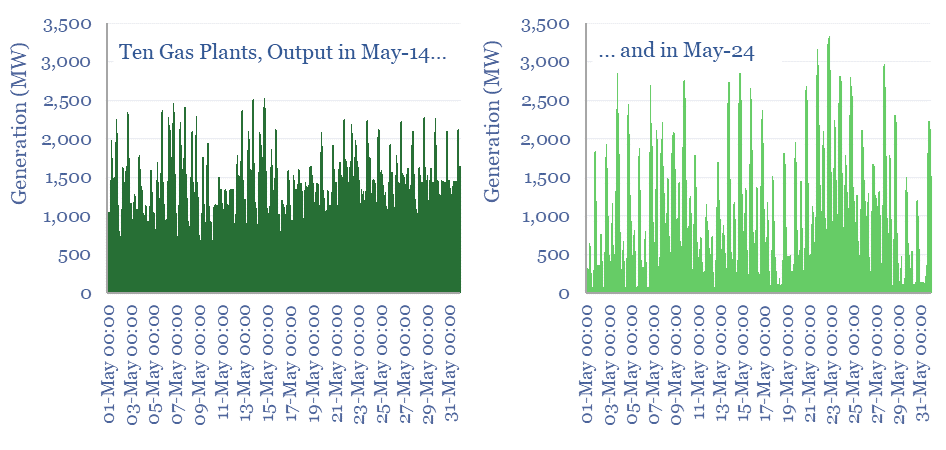
…gas power plant generation profiles. Yet our data show how ramping renewables have entrenched pre-existing gas turbines in the grid in Australia — similar to other analysis we have conducted…
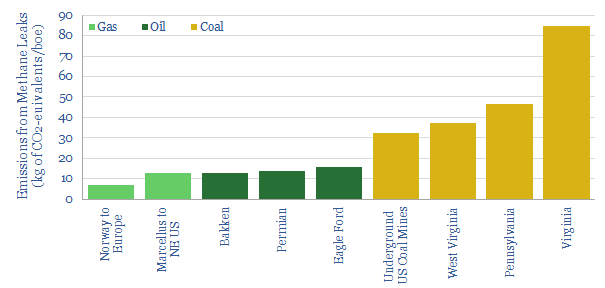
…be much higher for associated gas in oil basins than non-associated gas in gas basins. The Marcellus is the lowest-leak basin in our sample at 0.1%, versus the Permian, Bakken…










